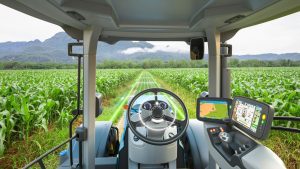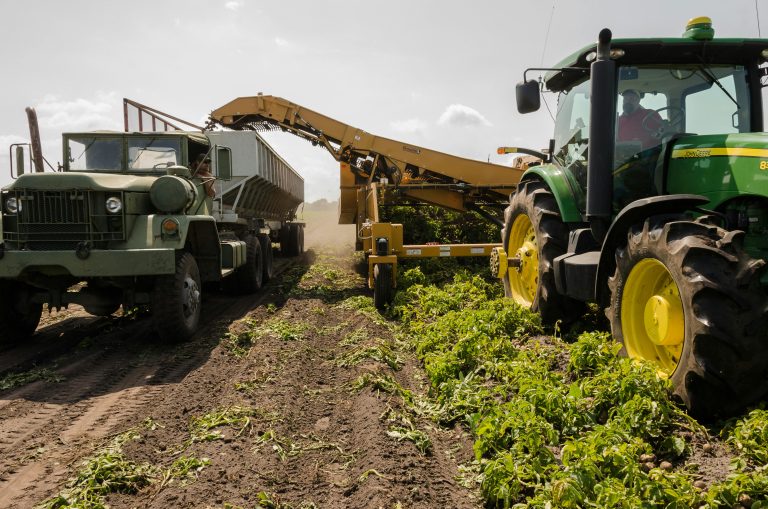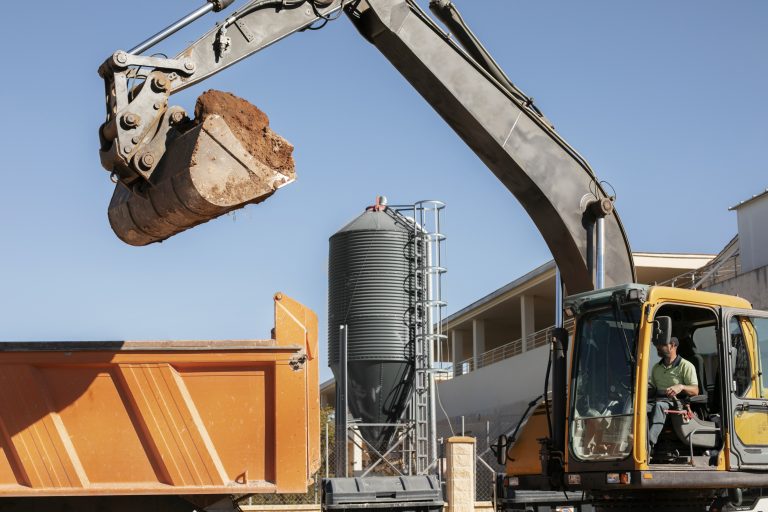Agriculture faces numerous challenges, but some of the prominent ones include:
Climate Change: Changing weather patterns, increased temperatures, and extreme weather events like floods and droughts are affecting crop yields and livestock production.
Water Scarcity: Water scarcity, both due to climate change and overexploitation of water resources, poses a significant challenge for agriculture, especially in arid and semi-arid regions.
Soil Degradation: Soil erosion, salinization, and nutrient depletion are reducing the fertility and productivity of agricultural land.
Pests and Diseases: Invasive pests and diseases threaten crops and livestock, leading to significant yield losses and economic damage.
Food Security: Ensuring food security for a growing global population while maintaining environmental sustainability is a complex challenge facing agriculture.
Labor Shortages: Many regions are experiencing shortages of skilled labor for agricultural tasks due to factors such as urbanization, aging farming populations, and changing demographics.
Market Access: Access to markets, fair prices, and value chains can be challenging for small-scale farmers, particularly in developing countries.
Smart agriculture, also known as precision agriculture, utilizes technology to address these challenges and improve efficiency, sustainability, and productivity in farming. Here’s how smart agriculture can help:
Precision Farming: Smart agriculture technologies such as GPS, sensors, and drones enable farmers to precisely monitor and manage their fields, optimizing inputs such as water, fertilizers, and pesticides while minimizing waste.
Data-driven Decision Making: By collecting and analyzing data on weather, soil conditions, crop health, and market trends, farmers can make informed decisions to optimize their operations and maximize yields.
Water Management: Smart irrigation systems with sensors and automation help farmers optimize water usage, reducing waste and improving water efficiency in agriculture.
Crop Monitoring and Protection: Remote sensing technologies, drones, and satellite imagery allow farmers to monitor crop health, detect pests and diseases early, and take timely action to protect their crops.
Soil Health Management: Soil sensors and mapping technologies help farmers assess soil health, identify areas of degradation, and implement targeted soil conservation and improvement measures.
Labor-saving Technologies: Automation, robotics, and artificial intelligence (AI) technologies help alleviate labor shortages by automating repetitive tasks such as planting, harvesting, and weeding.
Market Access and Traceability: Digital platforms and blockchain technology facilitate transparent and efficient supply chains, enabling farmers to access markets, get fair prices for their produce, and provide consumers with traceability and quality assurance.
By leveraging smart agriculture technologies, farmers can overcome many of the challenges facing agriculture today, improve resource efficiency, mitigate risks, and ensure sustainable food production for the future.















